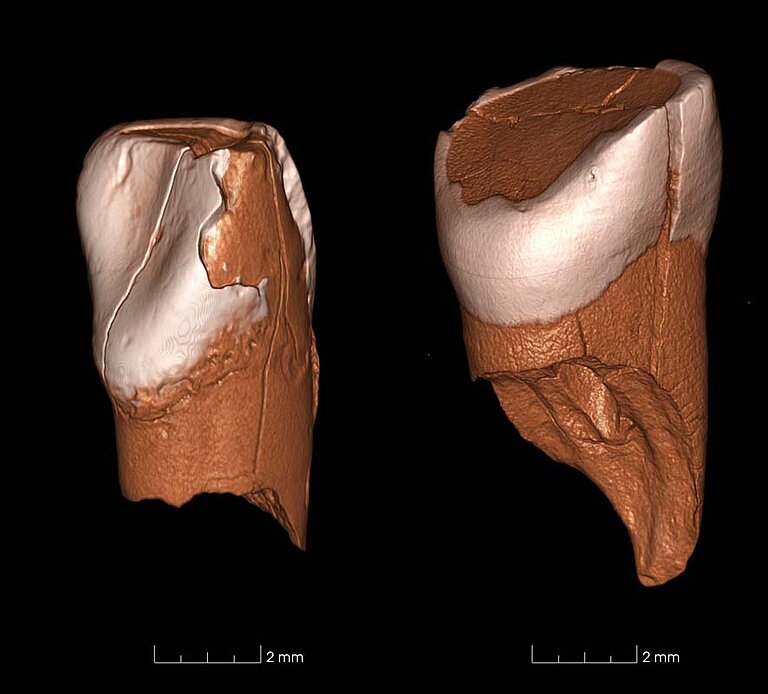Members of our species Homo sapiens belonging to the Protoaurignacian culture may have been the ultimate cause for the demise of Neandertals, according to new research
Researchers from the University of Bologna, Italy, and the Max Planck Institute for Evolutionary Anthropology in Leipzig, Germany, analysed two deciduous teeth from the prehistoric sites of Grotta di Fumane and Riparo Bombrini in Northern Italy. The state-of-the-art methods adopted in this study attribute the teeth to anatomically modern humans. New AMS radiocarbon dates on bones and charcoal from the site of Riparo Bombrini, along with previously published dates for the Grotta di Fumane sequence, show that these teeth represent the oldest modern human remains in an Aurignacian-related archeological context, overlapping in time with the last Neandertals. The results have strong implications for our understanding of the interaction between modern humans and Neandertals, as well as for the debate on the extinction of the latter.
